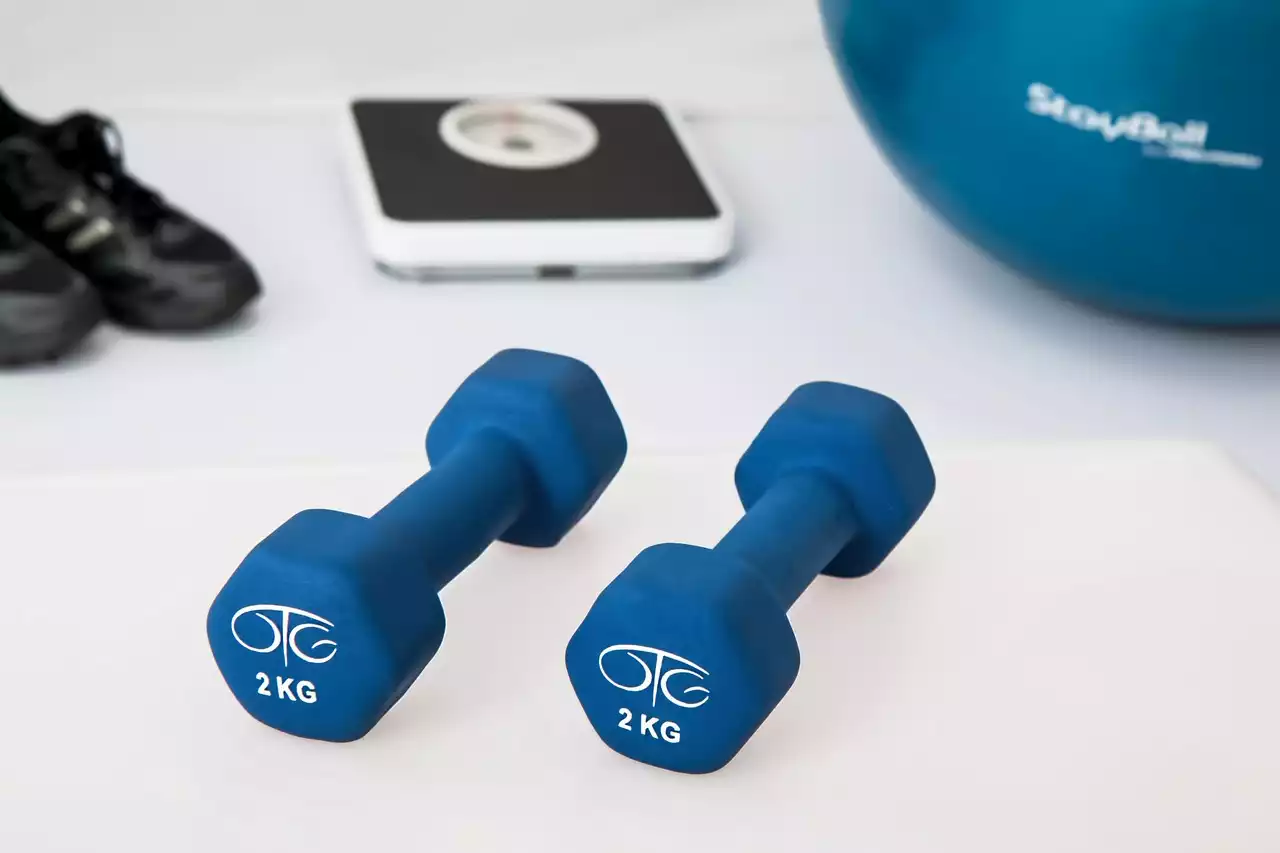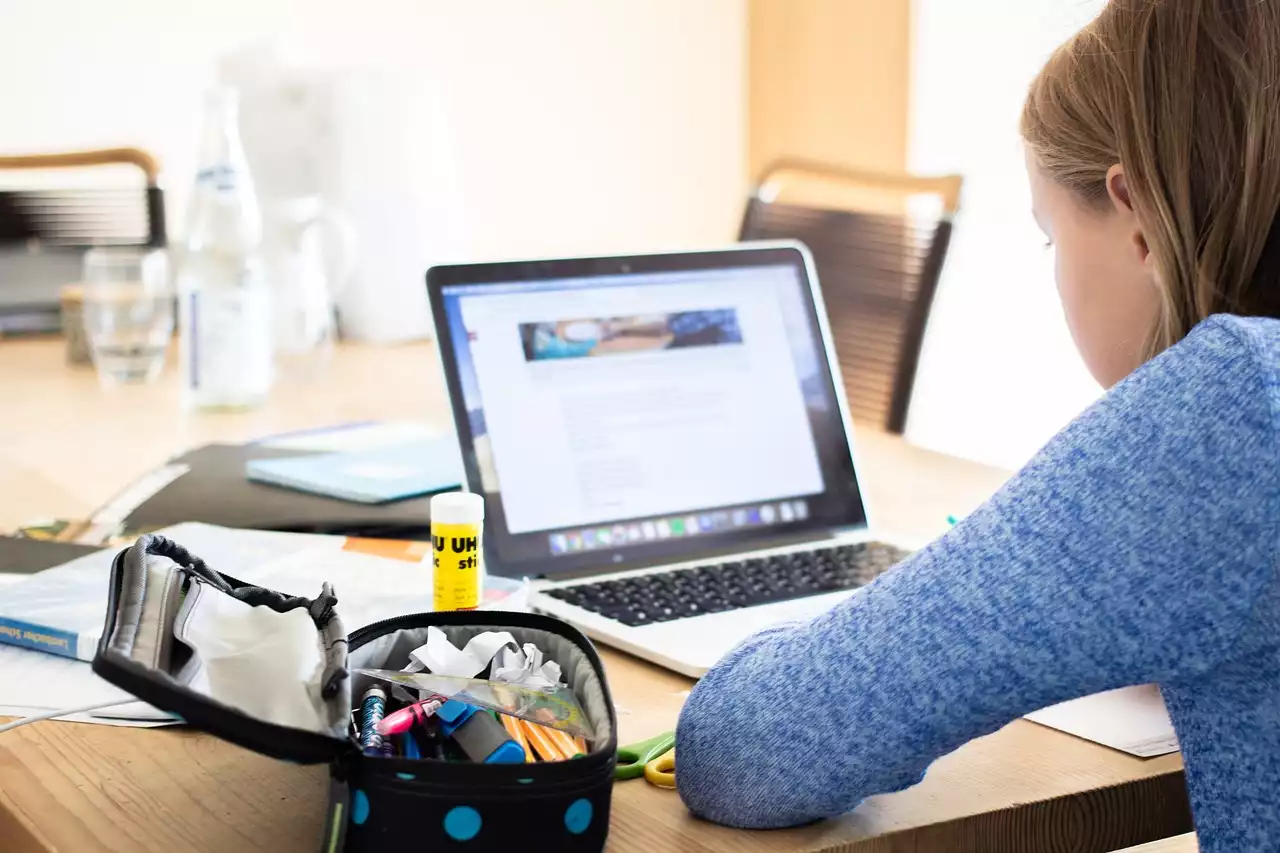The Importance of a Comfortable Home Workspace
When working from home, it's easy to fall into bad habits and neglect your workspace. However, having a comfortable and efficient workspace is crucial for your health and productivity. It can help prevent injuries, reduce stress and fatigue, and improve your overall well-being. A comfortable workspace can also make you feel more motivated and engaged with your work, leading to better performance and job satisfaction.
Creating a comfortable home workspace doesn't have to be complicated or expensive. With some basic knowledge of ergonomics and design, you can transform any room into a functional and inspiring workspace.
Ergonomic Basics for a Healthy Workspace
Ergonomics is the science of designing and arranging things to fit the human body. It's essential to ensure that your workspace is ergonomic to prevent injuries and discomfort. Here are some ergonomic basics to keep in mind when setting up your home office:
Chair
Choose a chair that provides adequate lumbar support and is adjustable in height. The chair should allow you to keep your feet flat on the ground and your knees at a 90-degree angle. The backrest should support the natural curve of your spine, and the armrests should be adjustable to support your arms while typing.
Desk
Your desk should be at a comfortable height, allowing your arms to rest at a 90-degree angle while typing. The desk should also provide enough space to accommodate all your necessary equipment, such as your computer, keyboard, and mouse. If you're using a laptop, consider using a separate keyboard and mouse to improve your posture.
Monitor
Your monitor should be at eye level, with the top of the screen at or slightly below eye level. The distance between your eyes and the screen should be about an arm's length away. If you're using multiple monitors, make sure they're aligned at the same height to avoid neck strain.
Choosing the Right Furniture for Your Home Office
Furniture plays a vital role in creating a comfortable and functional workspace. When choosing furniture for your home office, consider the following:
Desk
Your desk should be large enough to accommodate all your necessary equipment, such as your computer, keyboard, and mouse. The desk should also have enough storage space to keep your workspace organized and clutter-free.
Chair
Invest in a high-quality ergonomic chair that provides adequate lumbar support and is adjustable in height. The chair should allow you to keep your feet flat on the ground and your knees at a 90-degree angle.
Storage
Consider adding storage solutions such as shelves, cabinets, or drawers to keep your workspace organized and clutter-free. Having a designated space for your documents and supplies can help you stay focused and productive.
Purchasing The Right Office Equipment For Your Home Office
Lighting for Your Home Workspace
Lighting is an essential element of any workspace. It can affect your mood, productivity, and overall well-being. Here are some tips for lighting your home workspace:
Natural Light
Whenever possible, position your workspace near a window to take advantage of natural light. Natural light can help regulate your circadian rhythm, reduce eye strain, and improve your mood.
Task Lighting
Supplement natural light with task lighting such as desk lamps or overhead lights. Task lighting can help reduce eye strain and provide adequate lighting for specific tasks.
Avoid Glare
Position your monitor to avoid glare from windows or overhead lights. Glare can cause eye strain and headaches, making it difficult to concentrate on your work.
Colors and Decor for a Productive Workspace
Colors and decor can play a significant role in boosting productivity and creativity. Here are some tips for choosing colors and decor for your home workspace:
Use Colors to Boost Your Mood
Choose colors that promote positive feelings and emotions. For example, blue can promote calmness and productivity, while yellow can promote creativity and happiness.
Incorporate Plants
Plants can provide numerous benefits to your home workspace, such as improving air quality, reducing stress, and increasing productivity. Choose plants that are easy to care for and don't require too much sunlight.
Personalize Your Space
Add personal touches such as photos, artwork, or motivational quotes to make your workspace feel more inviting and inspiring.
Tips for Keeping Your Home Workspace Organized and Clutter-Free
A cluttered workspace can lead to stress, distraction, and decreased productivity. Here are some tips for keeping your home workspace organized and clutter-free:
Declutter Regularly
Take time to declutter your workspace regularly. Get rid of anything you no longer need, and organize your documents and supplies.
Use Storage Solutions
Invest in storage solutions such as shelves, drawers, or cabinets to keep your workspace organized and clutter-free. Having designated spaces for your documents and supplies can help you stay focused and productive.
Go Paperless
Consider going paperless and storing your documents digitally. This can help reduce clutter and make it easier to find and access important files.
Technology and Equipment for a Productive Workspace
Technology and equipment are essential for any home workspace. Here are some tips for choosing the right technology and equipment for your home office:
Computer
Invest in a high-quality computer that meets your specific needs. Consider factors such as processing power, memory, and storage capacity.
Internet Connection
Choose an internet service provider that offers fast and reliable internet access. A slow internet connection can be frustrating and lead to decreased productivity.
Headset
Invest in a high-quality headset for virtual meetings and conference calls. A headset can help reduce background noise and improve the clarity of your voice.
Creative Ideas for Small Home Workspaces
Working from home doesn't always mean having a dedicated home office. Here are some creative ideas for setting up a workspace in a small apartment or shared living space:
Convert a Closet
Convert a closet into a functional workspace by adding a desk, chair, and task lighting.
Use a Room Divider
Create a separate workspace by using a room divider or screen to separate your workspace from the rest of your living space.
Choose a Multi-Purpose Furniture
Choose furniture that can serve multiple purposes, such as a desk that doubles as a dining table or a storage ottoman that also serves as a seat.










